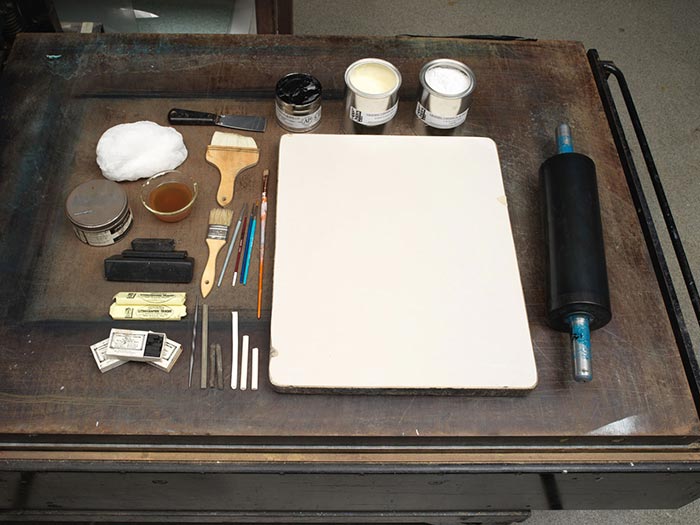A Wildcat Train: No Stop Overs
Thomas B. Worth American
Publisher Currier & Ives American
Not on view
In this comic scene at a train station, three crowded train cars, filled with women passengers, extend from the right background to the lower left foreground. On the platform, a cluster of men push and shove as they scramble to board the train; several climb on others to enter via the train wIndows. A few other men pass food items through the train windows to several women. At the upper right, a station sign reads: "CHOKEMOFF STATION./ [in smaller type] SCOOT FOR THE TRAIN WHEN THE GONG SOUNDS." Beneath the sign (in the middleground), a conductor stands with his right arm directing the men to board. In the right foreground, a man, wearing a bold plaid coat, is drinking from a cup as he is poised to rush to the train. Nearby, a waiter (wearing a white apron) gestures with his arms towards the drinking man -- an attempt to retrieve the cup. Broken plates and cutlery are strewn on the ground. The title is imprinted in the bottom margin.
Nathaniel Currier, whose successful New York-based lithography firm began in 1835, produced thousands of prints in various sizes that together create a vivid panorama of mid-to-late nineteenth century American life and its history. People eagerly acquired such lithographs featuring picturesque scenery, rural and city views, ships, railroads, portraits, hunting and fishing scenes, domestic life and numerous other subjects, including political cartoons, as an inexpensive way to decorate their homes or business establishments. As the firm expanded, Nathaniel included his younger brother Charles in the business. In 1857, James Merritt Ives (the firm's accountant since 1852 and Charles's brother-in-law) was made a business partner; subsequently renamed Currier & Ives, the firm continued until 1907.

